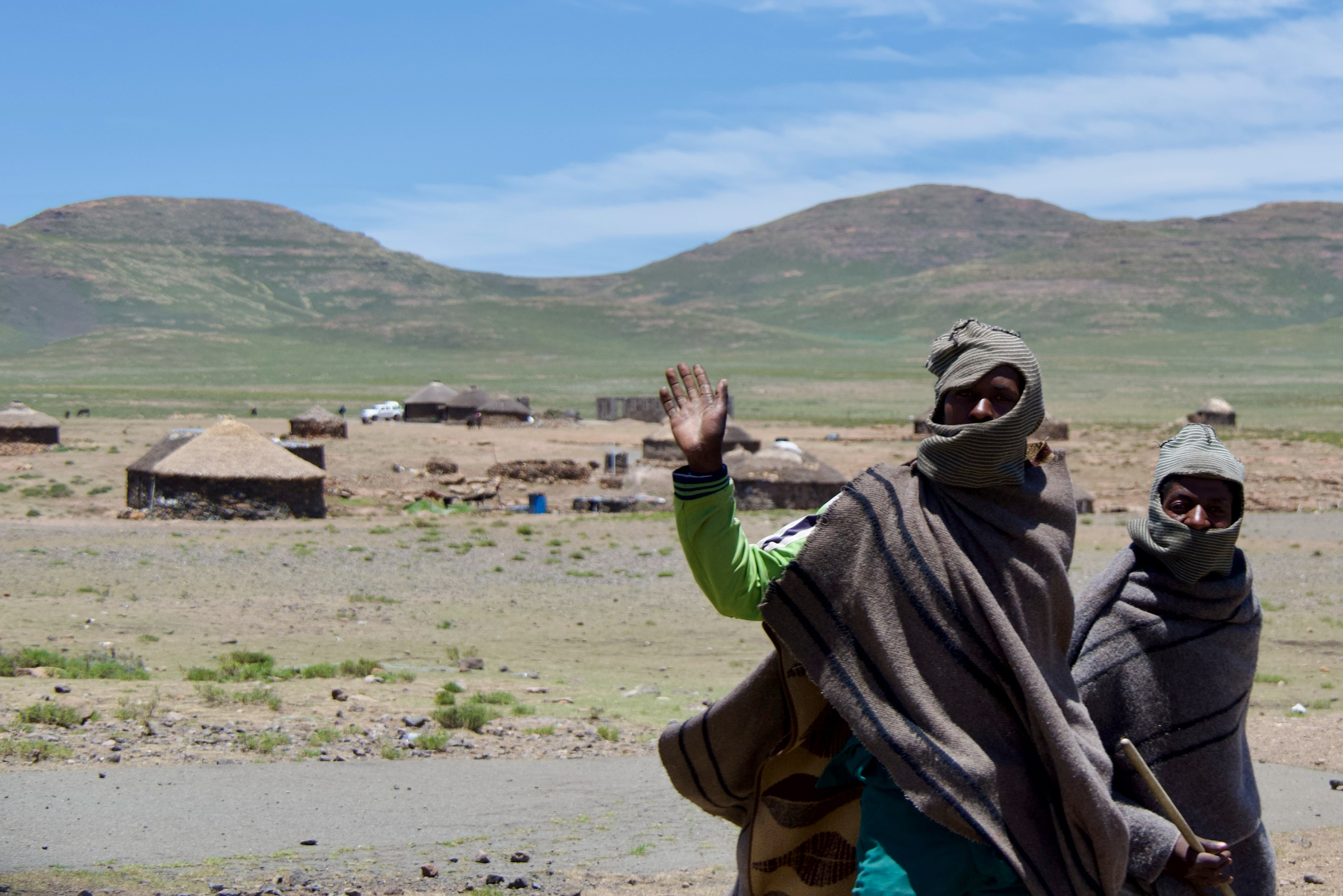Getting closer and closer to launching Jen’s new travel blog…
One of Micro.blog’s cool “hidden” features is the Notes feature. I’ve created several reference notes for Jen to use in the future, like a snippet of code to display related posts or a progress bar for her quest.
Soooo useful!
When your overlanding rig breaks down on an African highway for seven hours and you need to swap vehicles - OTD during last year’s 100-day adventure.
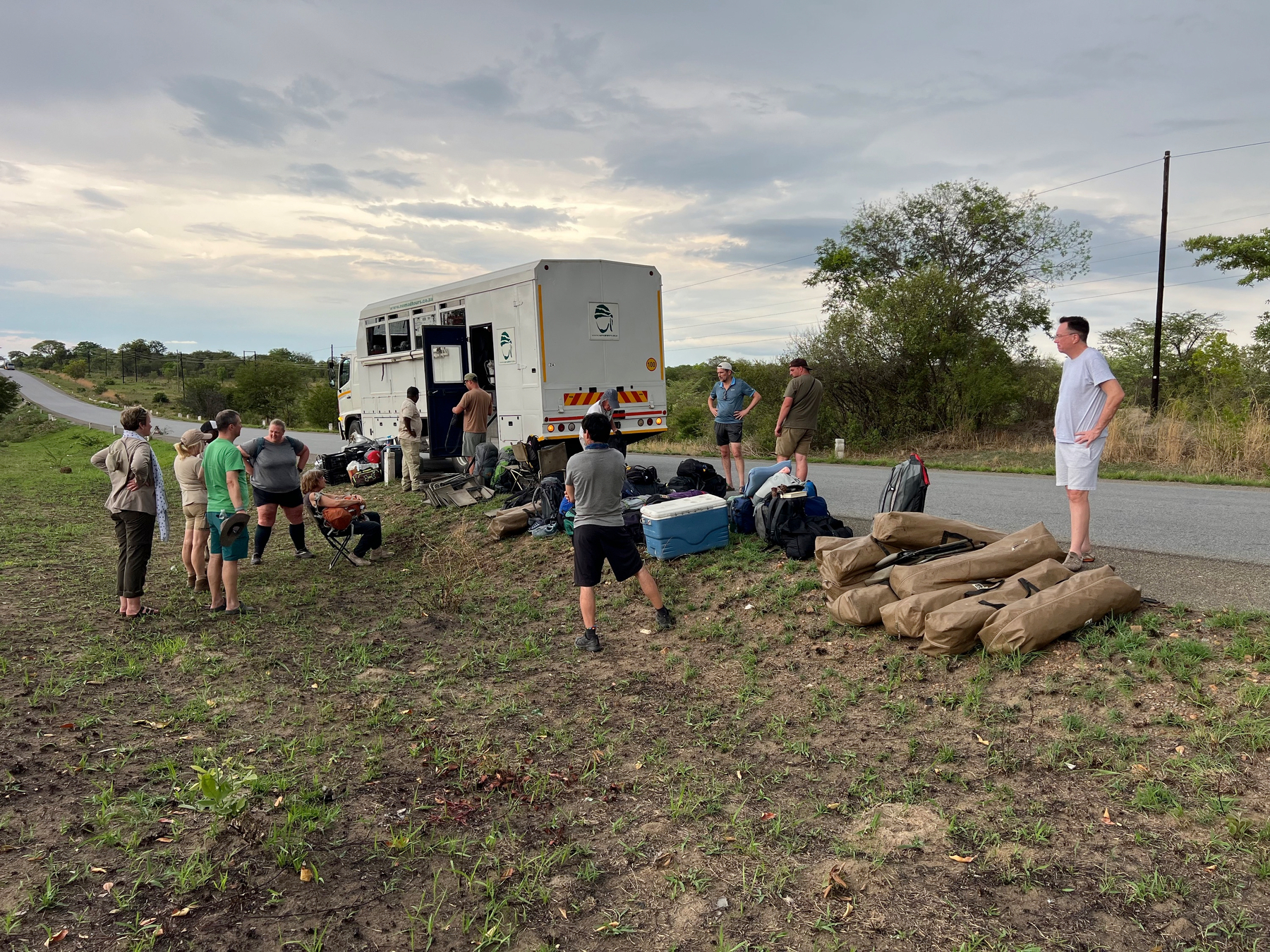
Christmas at Victoria Falls - OTD during last year’s 100-day adventure
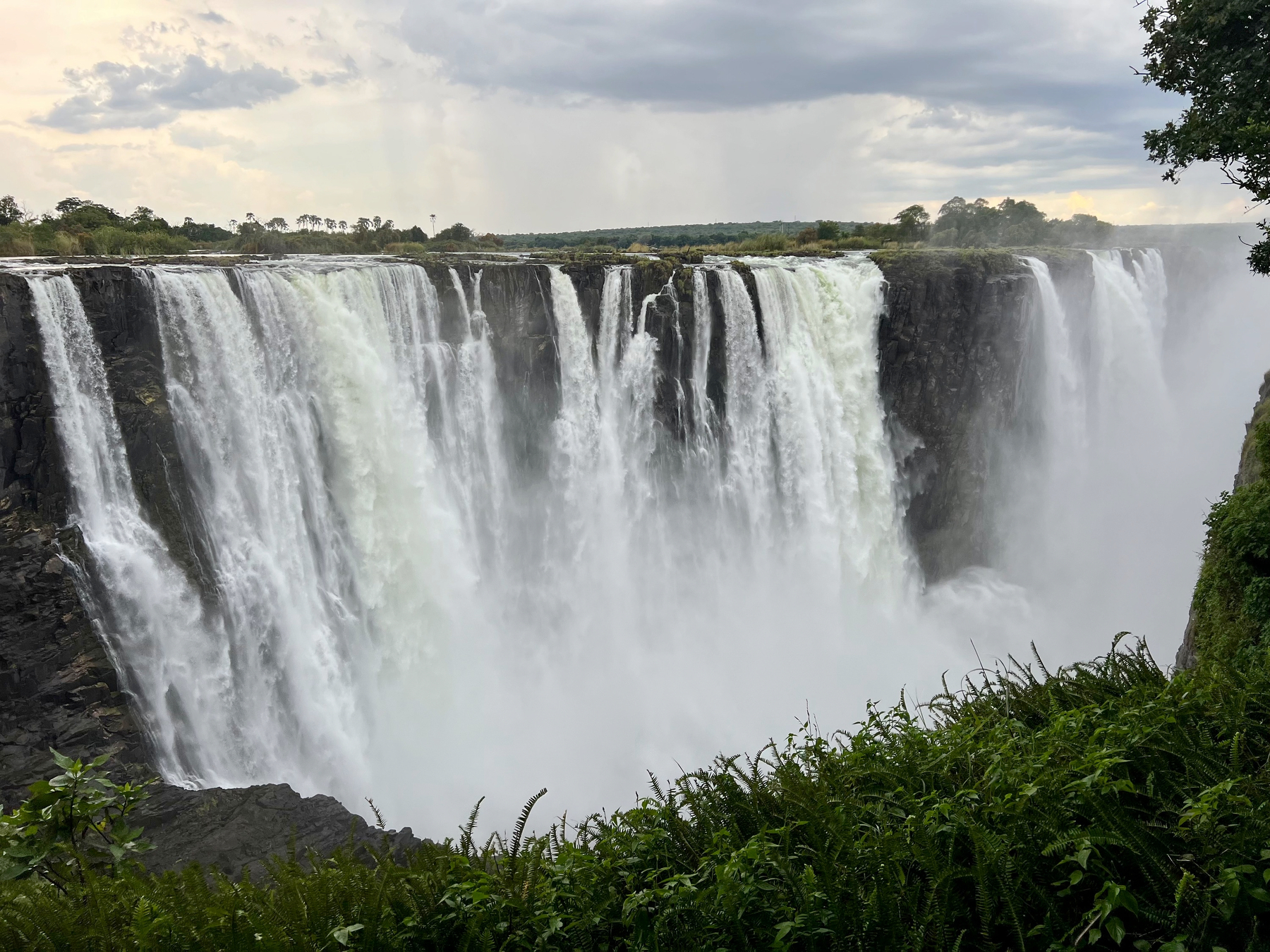
Can I get some personal space, I’m trying to nap - OTD during last year’s 100-day adventure.

My wife Jen just signed up for her own micro.blog account, which she’ll primarily use for travel-related posts.
We had started her on Kirby using a theme, but MB is just such a better solution for her. Once we get the changeover completed, I’ll announce her new account address.
Big congrats to Eric for completing his quest to visit all 63 “named” National Parks in the US!
An unexpected guest at happy hour - OTD during last year’s 100-day adventure.
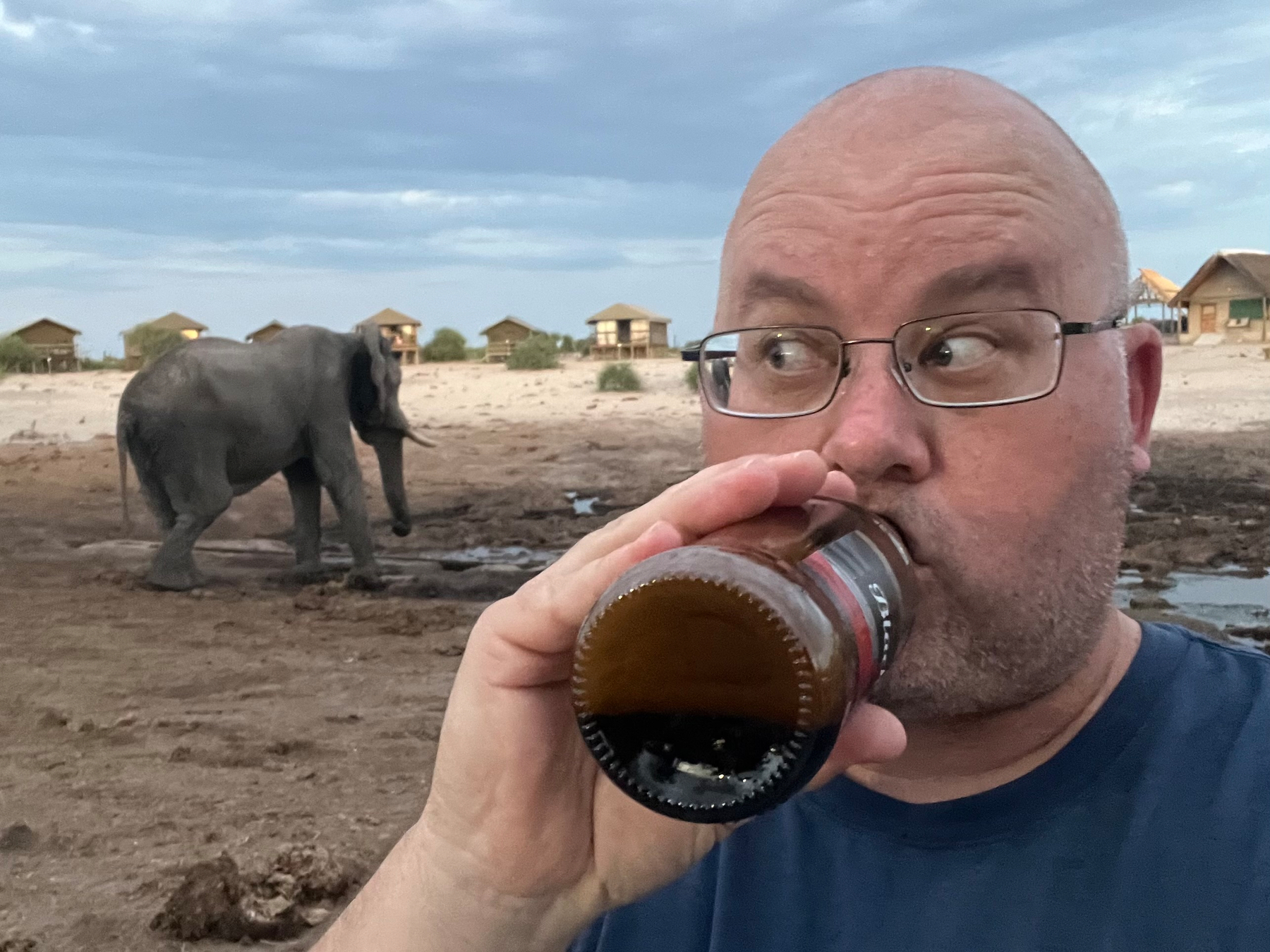
Welp, due to complications after my surgery, we officially pulled the plug on our Louisiana roadtrip this weekend—the final trip cancellation of 2025. We’ll likely rebook before March given Jen’s flight credit expiration, but we’ll have to cut the trip in half to accommodate her available time off.
Thanks to Lou Plummer’s incredible resource, the App Addict blog, I finally found a backup utility called Parachute for my icloud photos library.
My initial backup took 83 hours (oof!) and maxed out our home internet bandwidth allowance (yeah, I got a bunch of photos) but boy it was worth it.
We finally bought a decent digital tv antenna to get over-the-air broadcasts, and I have to admit, it’s been really great to watch some football this season, like tonight’s dominating 49ers win on MNF. I feel a bit dumb that we didn’t invest in a better one years ago.
Cool as a cat - OTD during last year’s 100-day adventure

We finally bought a decent digital tv antenna to get over-the-air broadcasts, and I have to admit, it’s been really great to watch some football this season, like tonight’s dominating 49ers win on MNF. I feel a bit dumb that we didn’t invest in a better one years ago.
In need of a dentist - OTD during last year’s 100-day adventure.

Sharing leftovers with locals in Botswana - OTD during last year’s 100-day adventure
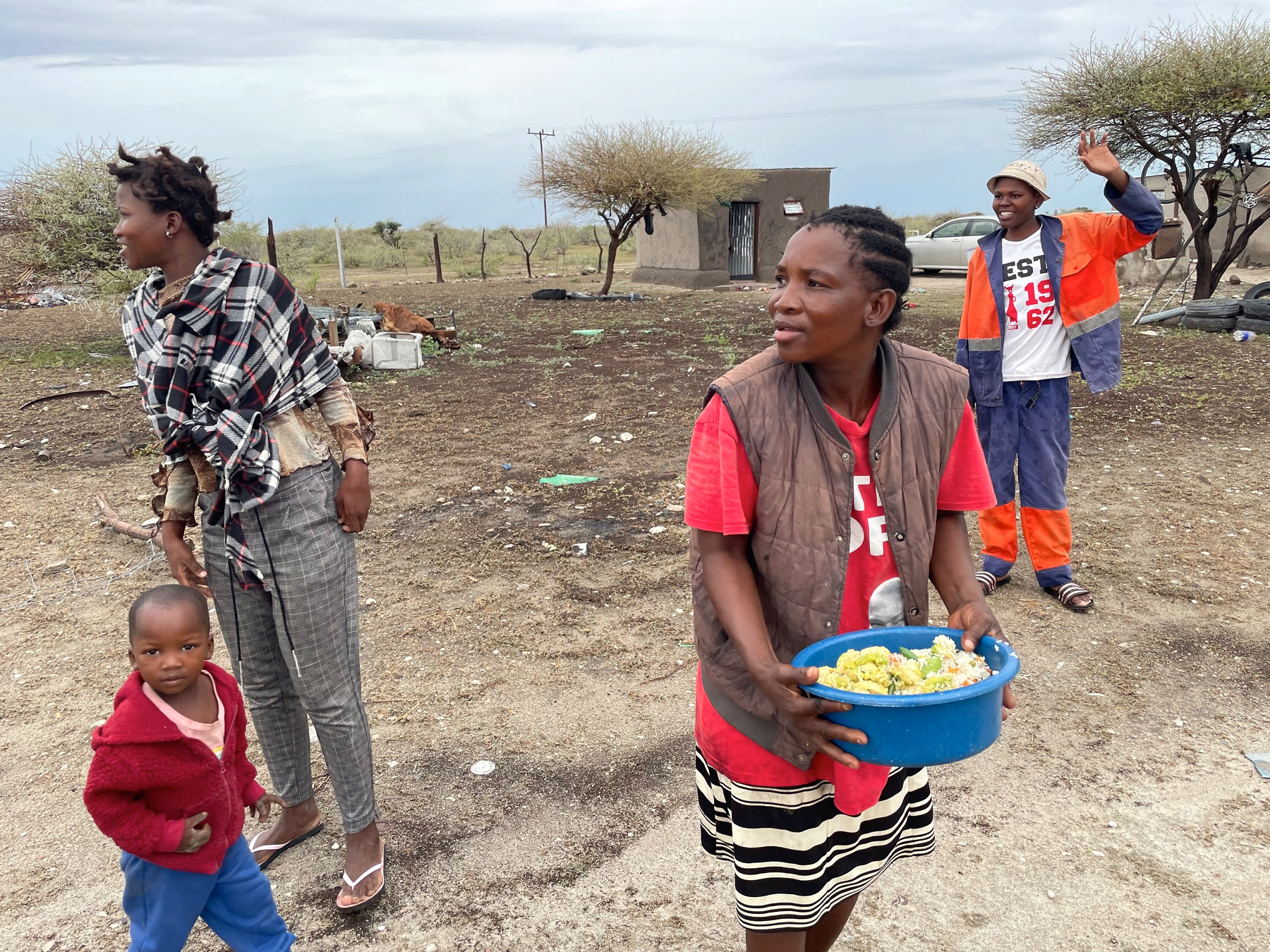
TFW your local brewery drops off a little care package before your heart procedure… How thoughtful! 🙏
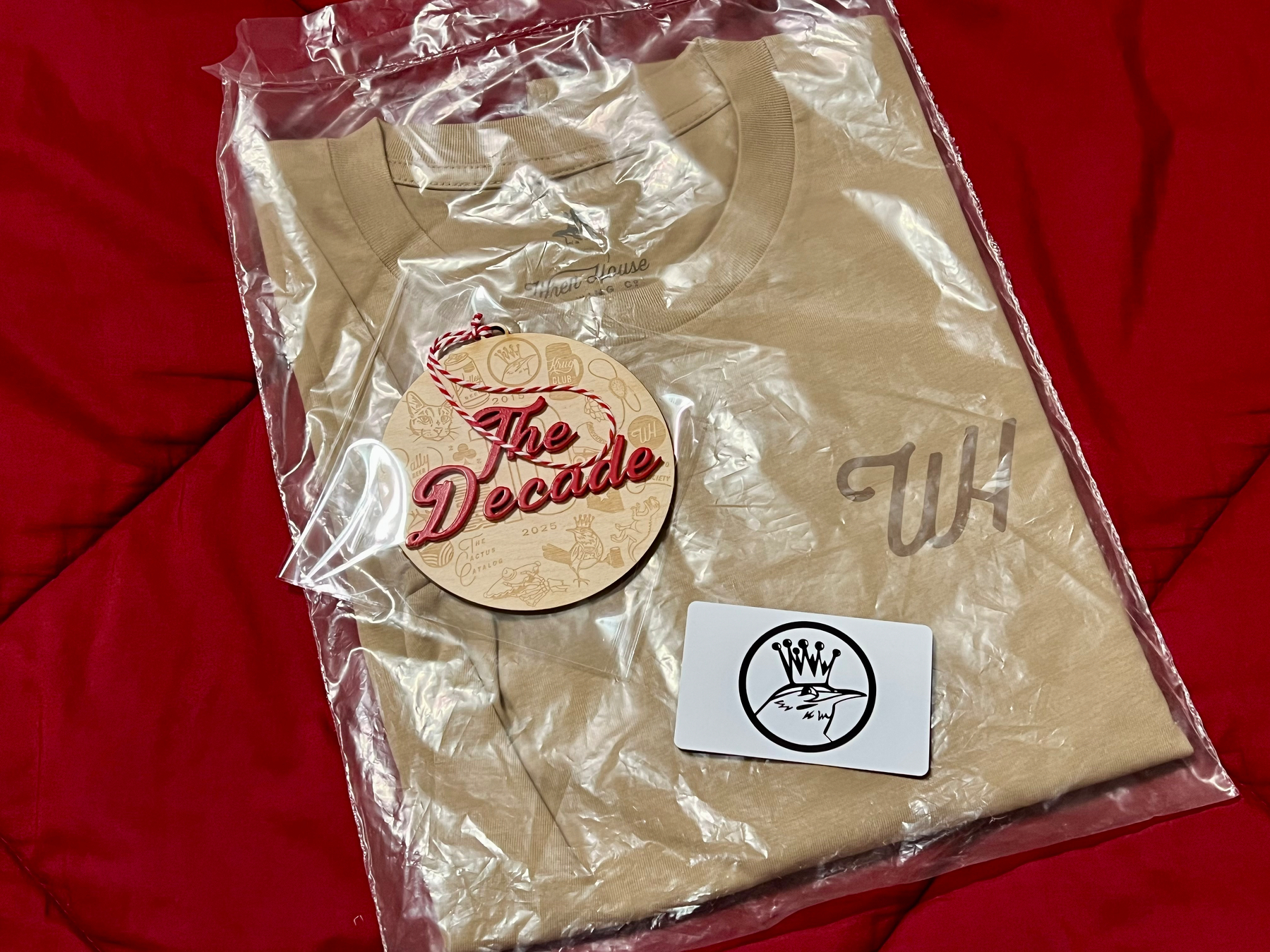
How to Not Get Hit by Cars: important lessons in Bicycle Safety is a good guide for new cyclists.
Christmas tree? Nah, we live in the Sonoran Desert, so it’s Christmas Saguaro here in Arizona. 🌵 Ours is adorned with travel ornaments.
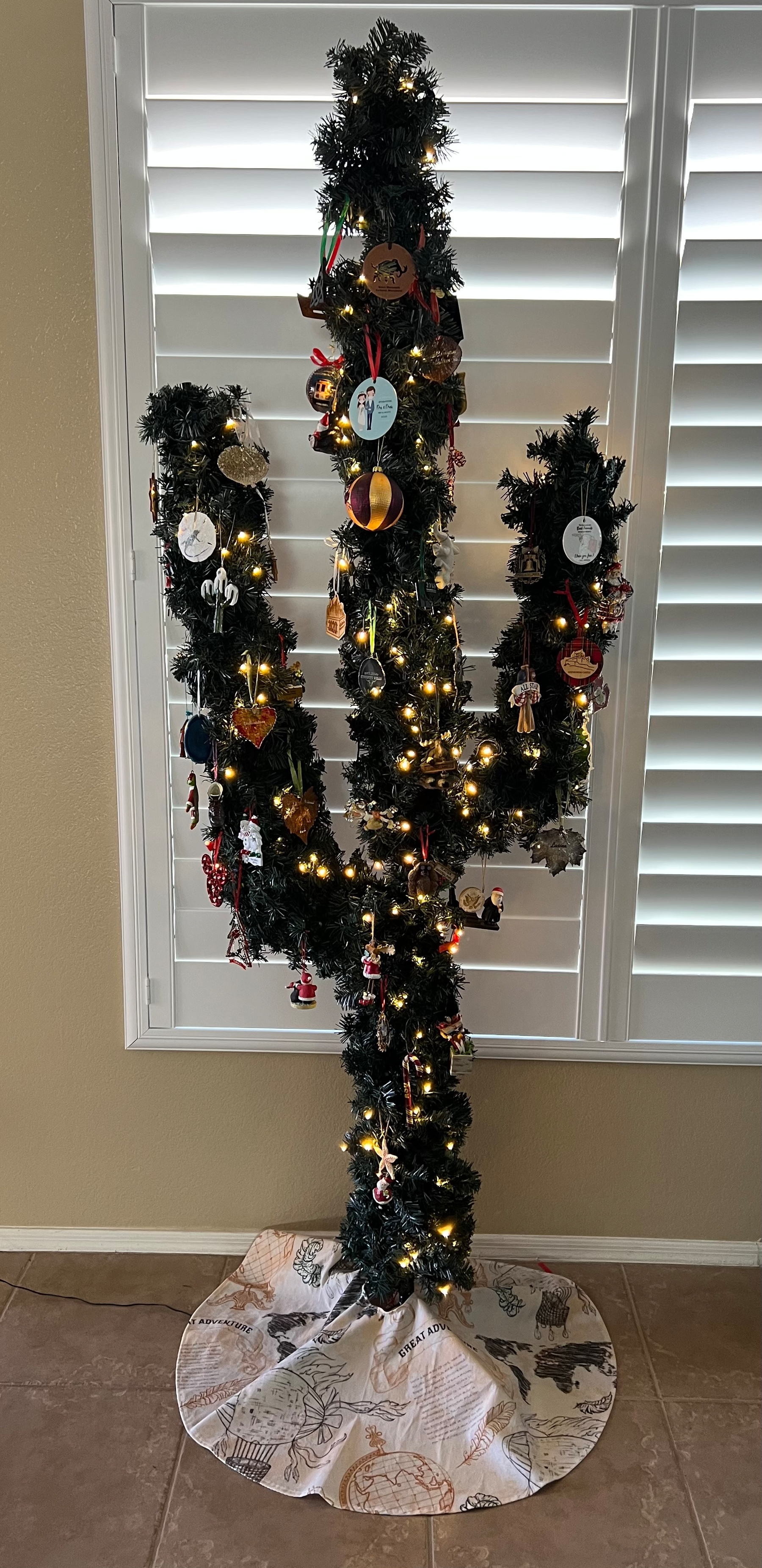
Express lane
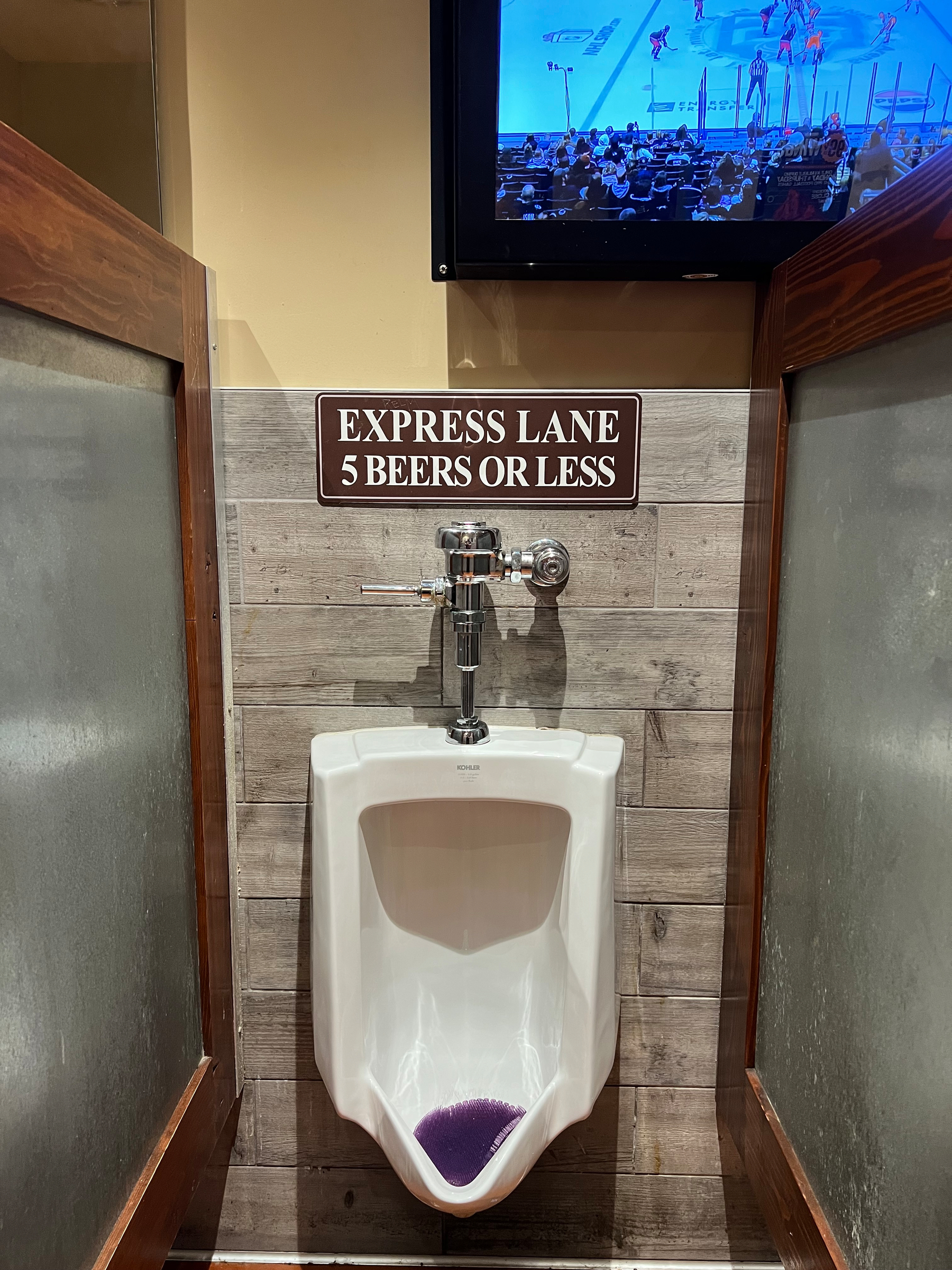
Curious as to how we travel so often, even with the confines of a government job? I finally got around to writing about the various strategies we use to maximize our time off:
Waving hi near Sani Pass in Lesotho - from OTD during last year’s 100-day adventure
